Having suffered much pain and loss, witnessed the brutality and destruction of war, Quang Tri is the land that carries the eternal desire for peace of the Vietnamese people.
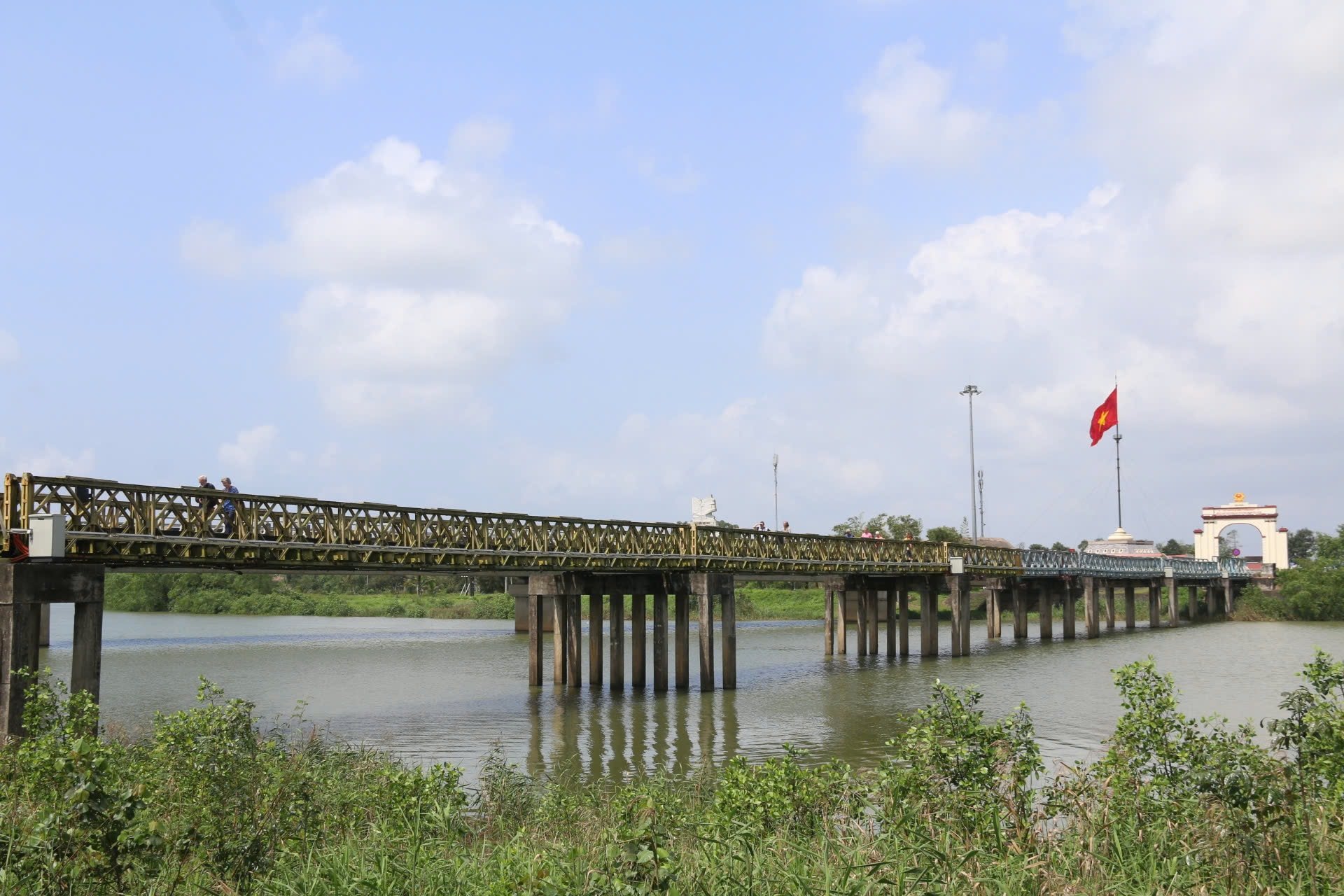
Hien Luong - Ben Hai banks
According to the Paris Agreement in 1954, our country was temporarily divided into two regions, North and South, at the 17th parallel (Ben Hai River, Quang Tri province), awaiting the general election that would take place just 2 years later.
However, the two-year promise had to be extended to more than 20 years before the country reached reunification.
During those 20 years, there was a lingering nostalgia for both sides of the Parallel. According to Mrs. Nguyen Thi Huong, 81 years old, living in Vinh Chap commune, Vinh Linh district (Quang Tri), the old Hien Luong bridge had 7 spans, and the enemy had painted the southern half a different color. To affirm our determination to unify the country, we repainted the northern half so that the Hien Luong bridge had the same color.
“Seeing us do that, not long after, they painted and changed the southern half of Hien Luong Bridge to another color. But whatever color they painted the other half, we painted our half the same color. The “war” to paint the Hien Luong Bridge was fierce and lasted for many years,” Ms. Huong recounted.
Mr. Nguyen Van Tro (88 years old, in Hien Luong village, Hien Thanh commune, Vinh Linh district) said that after 1954, the Ngo Dinh Diem government built a large-capacity loudspeaker system on the south bank of the Ben Hai river to broadcast distorted information and slander the regime in the North.
In response, on the northern bank of the Ben Hai River, we built a large loudspeaker system that stretched over 10 km. Our system had dozens of large loudspeaker columns (each column had 40 high-power loudspeakers) that promptly encouraged the struggle movement of the people in the South, praised the labor and production work, built a prosperous homeland of Vinh Linh, and praised the construction of a socialist regime in the North.
In particular, in response to the wishes of our compatriots and comrades on the south bank and of the people of Vinh Linh, a flagpole was erected on the north side of Hien Luong bridge with the red flag with a yellow star fluttering over the peaceful land.
By 1962, our flagpole was built 38.6 m high, with a 108 m2 flag flying high in the sky north of the 17th Parallel, symbolizing the will to fight and win, independence and the desire for peace and national reunification, calling on the people of the South to turn to the North, to Uncle Ho, to strive for the day of North-South reunion.
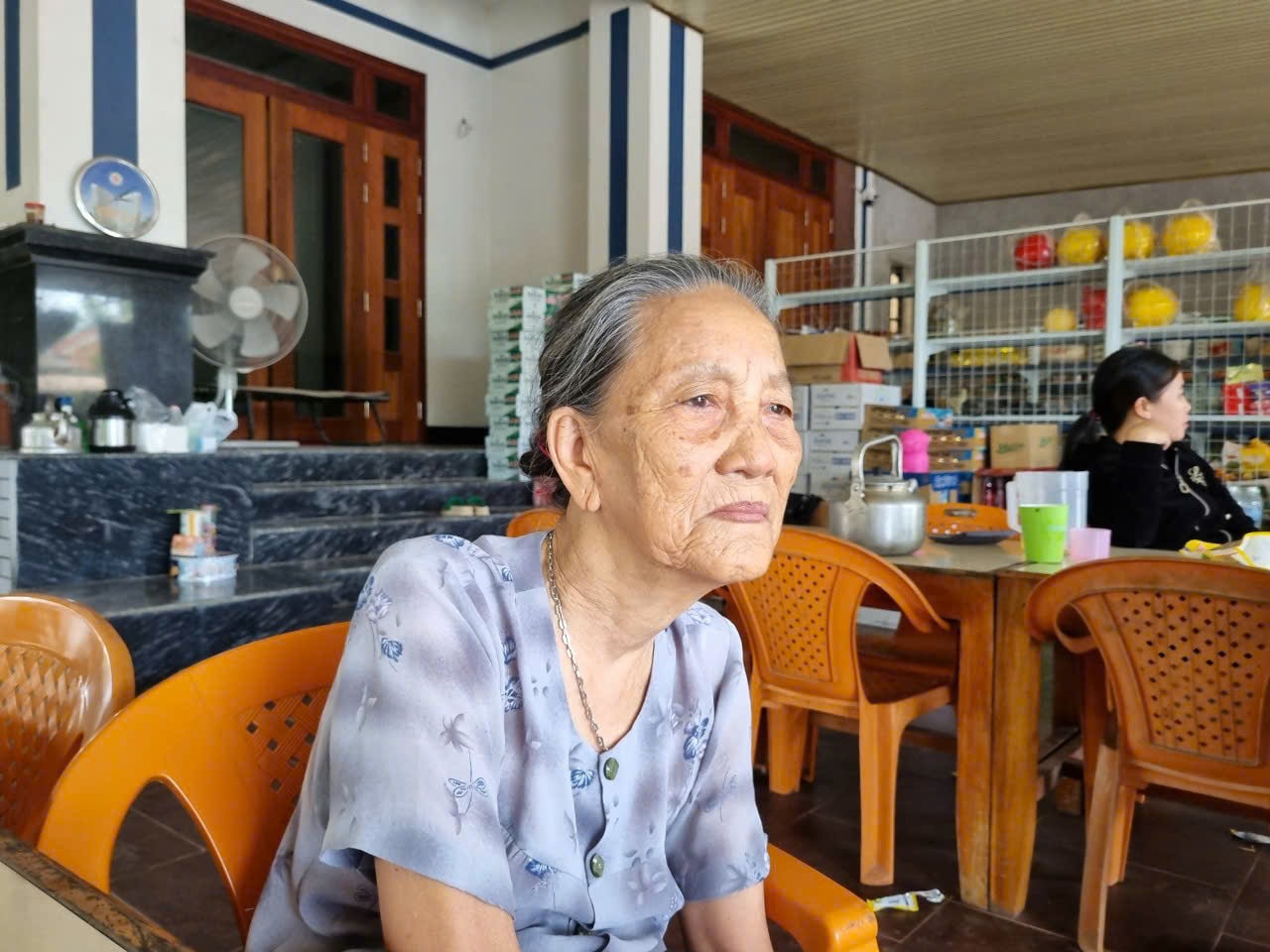
Museum of the living revolution
As an important strategic location, in addition to the aforementioned “silent” wars, Quang Tri was once a fierce battlefield, where fierce confrontations between us and the enemy took place. Up to now, in Quang Tri there are still about 500 historical relics of the revolutionary war. Among them, there are many famous places both at home and abroad, such as: Con Tien, Doc Mieu, Cua Viet, Hai Lang, Road 9, Khe Sanh, Ta Con, Thach Han…
Prof. Dr. Trinh Quang Phu - Director of the Institute for Oriental Development Studies, said that the Paris Agreement ending the war and restoring peace in Vietnam was the result of the sacred fight of our army and people on the battlefield, the victory of the excellent coordination between military and diplomacy. That was the struggle to gain peace with blood and bones.
“It can be said that Quang Tri is the most vivid and complete revolutionary museum of revolutionary war relics,” Professor Trinh Quang Phu acknowledged and expressed his belief that this heroic and glorious past is a priceless asset and will be the foundation for the army and people of Quang Tri to build a rich, beautiful, civilized province and become a “red address” as a symbol of the desire for peace.
According to Dr. Phan Thanh Hai - Director of the Department of Culture and Sports of Thua Thien Hue province, with 72 martyrs' cemeteries, including 2 national martyrs' cemeteries: Road 9 Cemetery and Truong Son Cemetery, every July, Quang Tri is the place where tens of thousands of compatriots and soldiers from all over the country come to remember and pay tribute to the heroic martyrs who sacrificed for the Fatherland, for the aspiration for independence and unification of the country and people.
“Come to Quang Tri to fully experience the desire to live, the desire for independence, freedom, and the desire for unity of a nation that has always lived in challenges and has a history of thousands of years of having to face wars with the most powerful invaders. Come to Quang Tri to fully understand the value of peace,” Dr. Phan Thanh Hai acknowledged and hoped that Quang Tri province would soon be recognized as a typical land for peace in Vietnam and the world.
Land of eternal desire for peace
Mr. Ha Sy Dong - Acting Chairman of Quang Tri Provincial People's Committee affirmed that as a land that has suffered much pain and loss, and witnessed the brutality of war, more than anyone else, the army and people of Quang Tri understand the value of peace. And, Quang Tri is the land that carries the eternal desire for peace of the Vietnamese people.
In 2024, the Peace Festival was held for the first time in Quang Tri province, creating a highlight, helping people in the country as well as international friends learn about historical milestones, memories and the brutality of war, thereby helping humanity and conscience awaken and spread the value of peace.
According to Mr. Ha Sy Dong, currently, Quang Tri province has identified 3 economic breakthroughs, in which, energy industry is the breakthrough, agriculture is the foundation of the economy, trade - service - tourism is the important industry of the locality.
“In the coming time, Quang Tri province will continue to mobilize all resources from National Target Programs and ODA capital sources to develop infrastructure, transportation, irrigation, build new rural areas, form livable rural areas, increase added value to achieve the ultimate goal of bringing prosperity and happiness to the people as well as doing well in social security work and gratitude work in the area,” said Mr. Ha Sy Dong.
Source: https://daidoanket.vn/khat-vong-hoa-binh-tu-vung-dat-lua-quang-tri-10299217.html


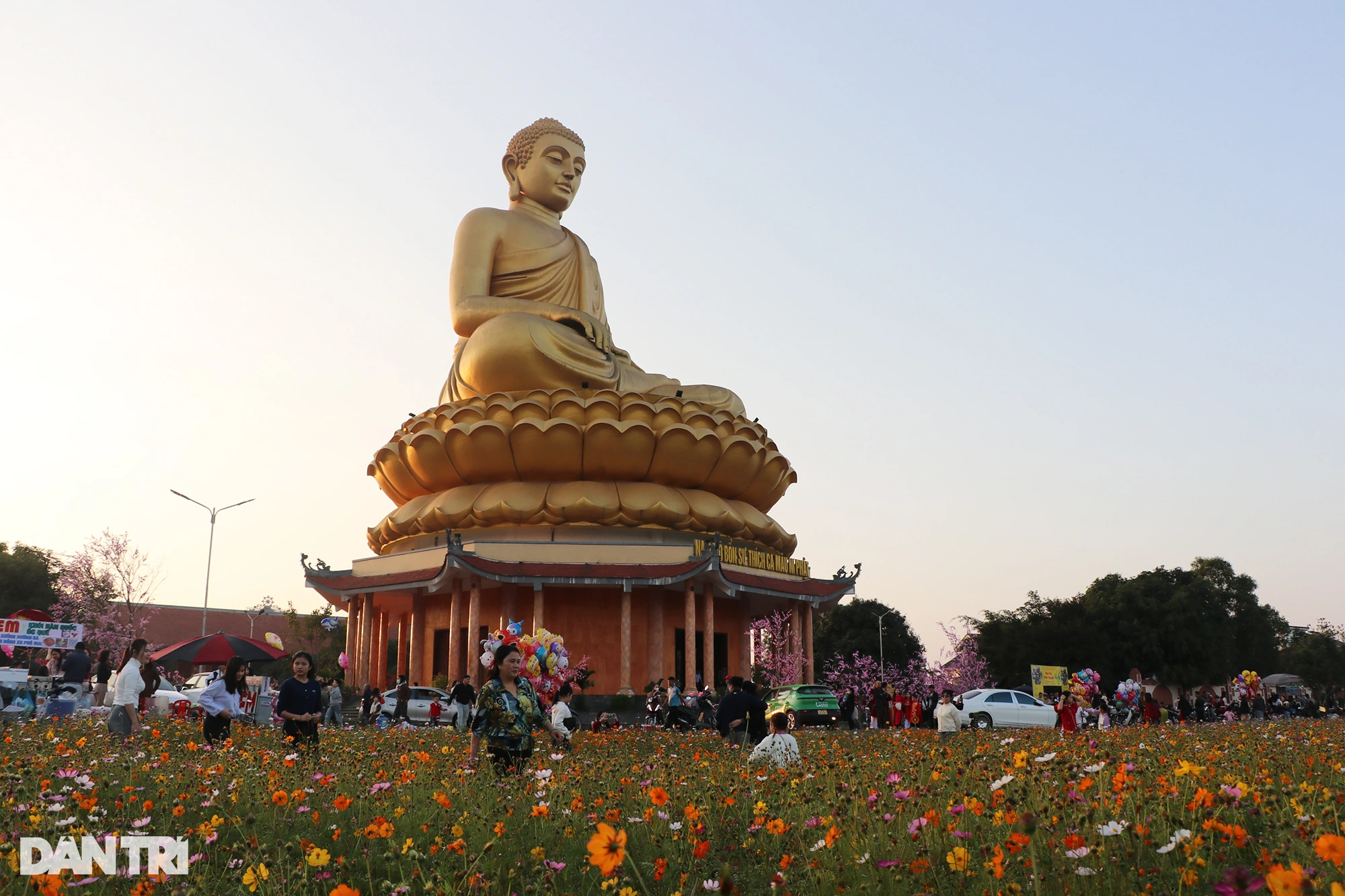



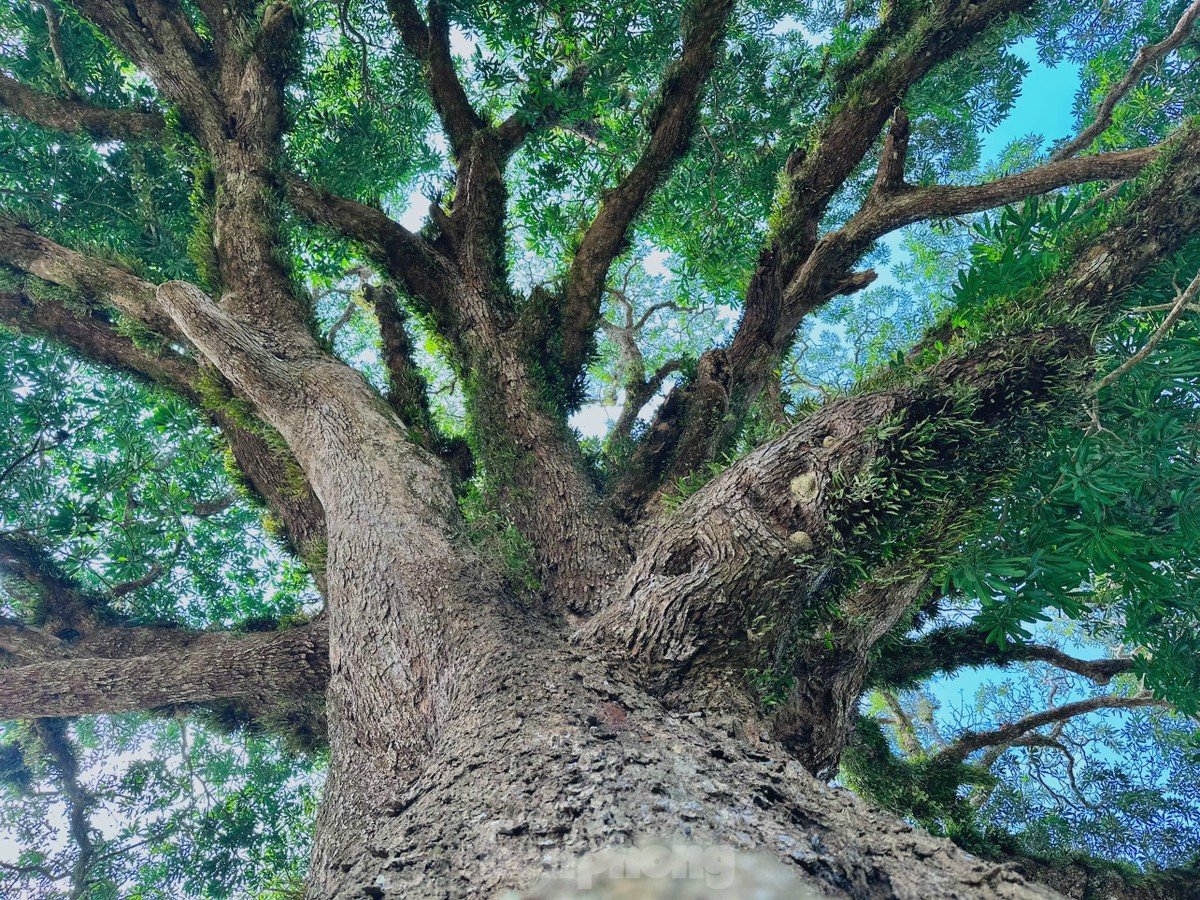















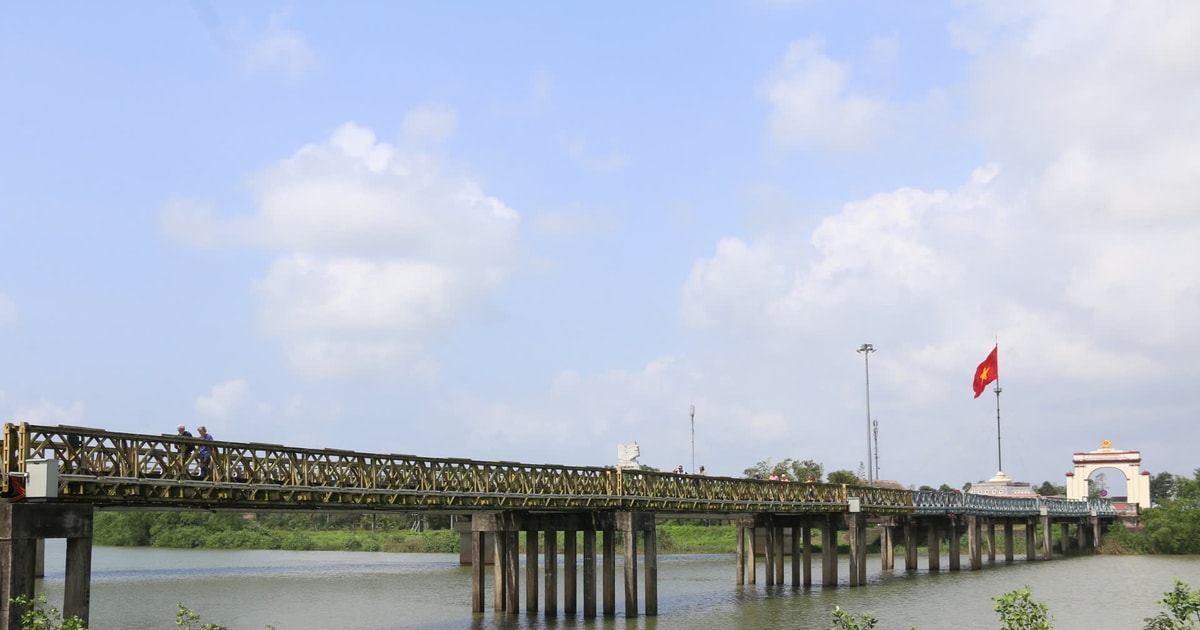




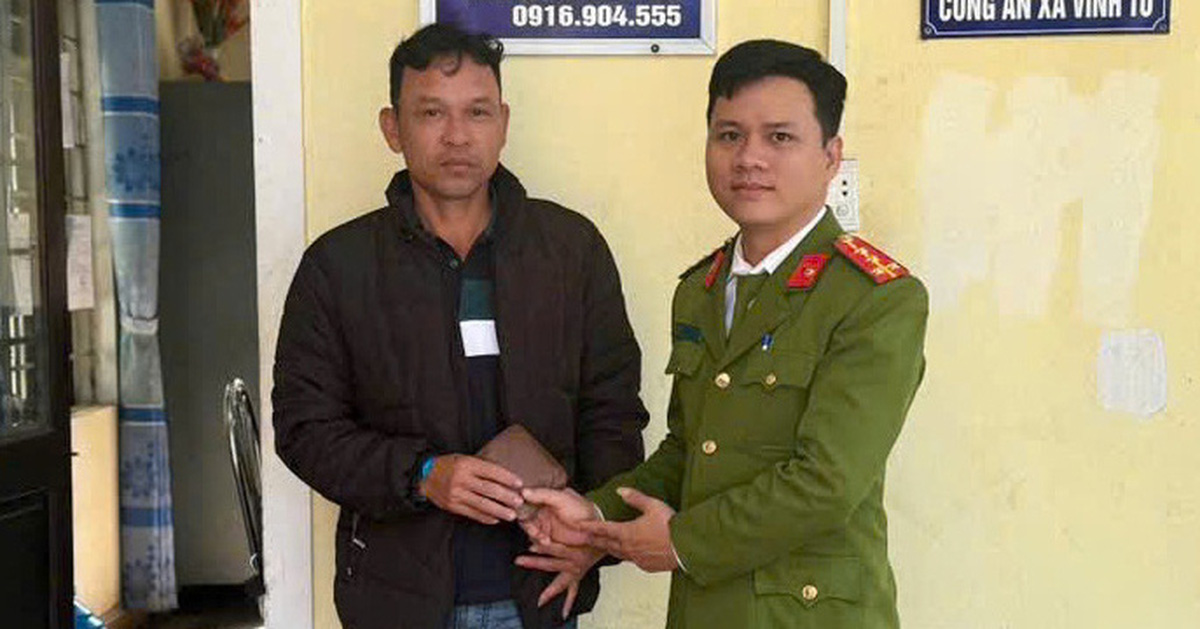

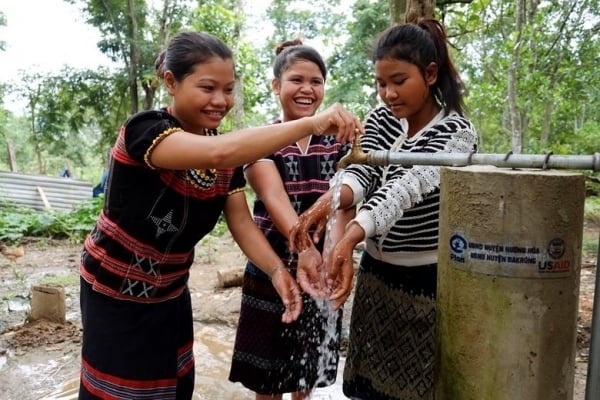



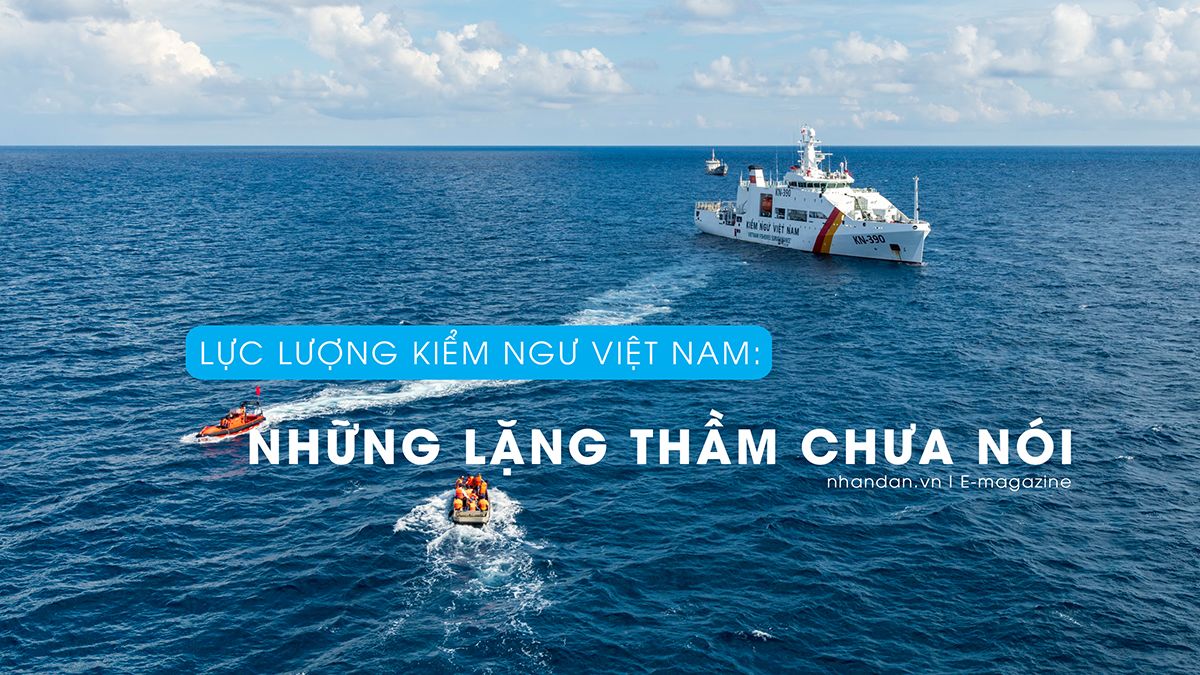



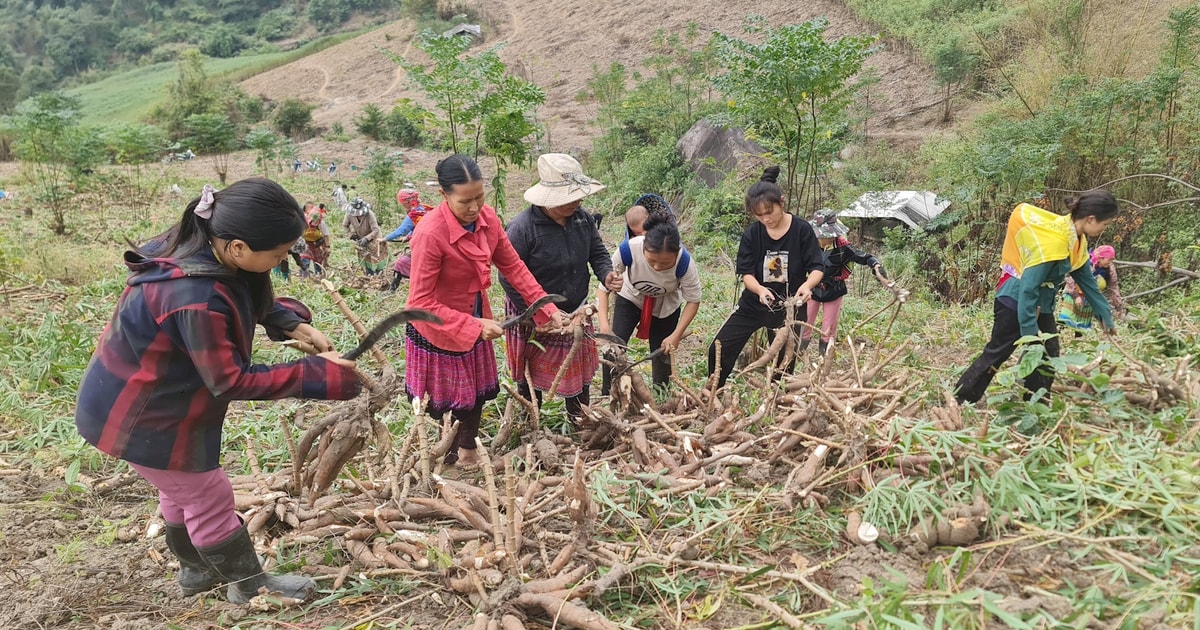
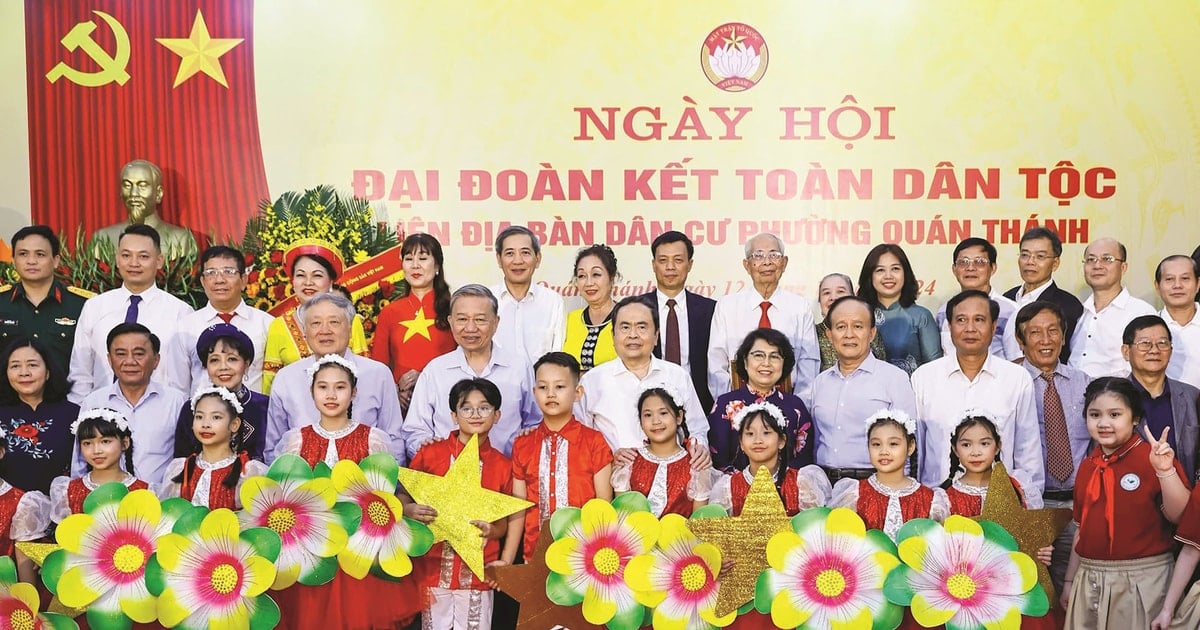



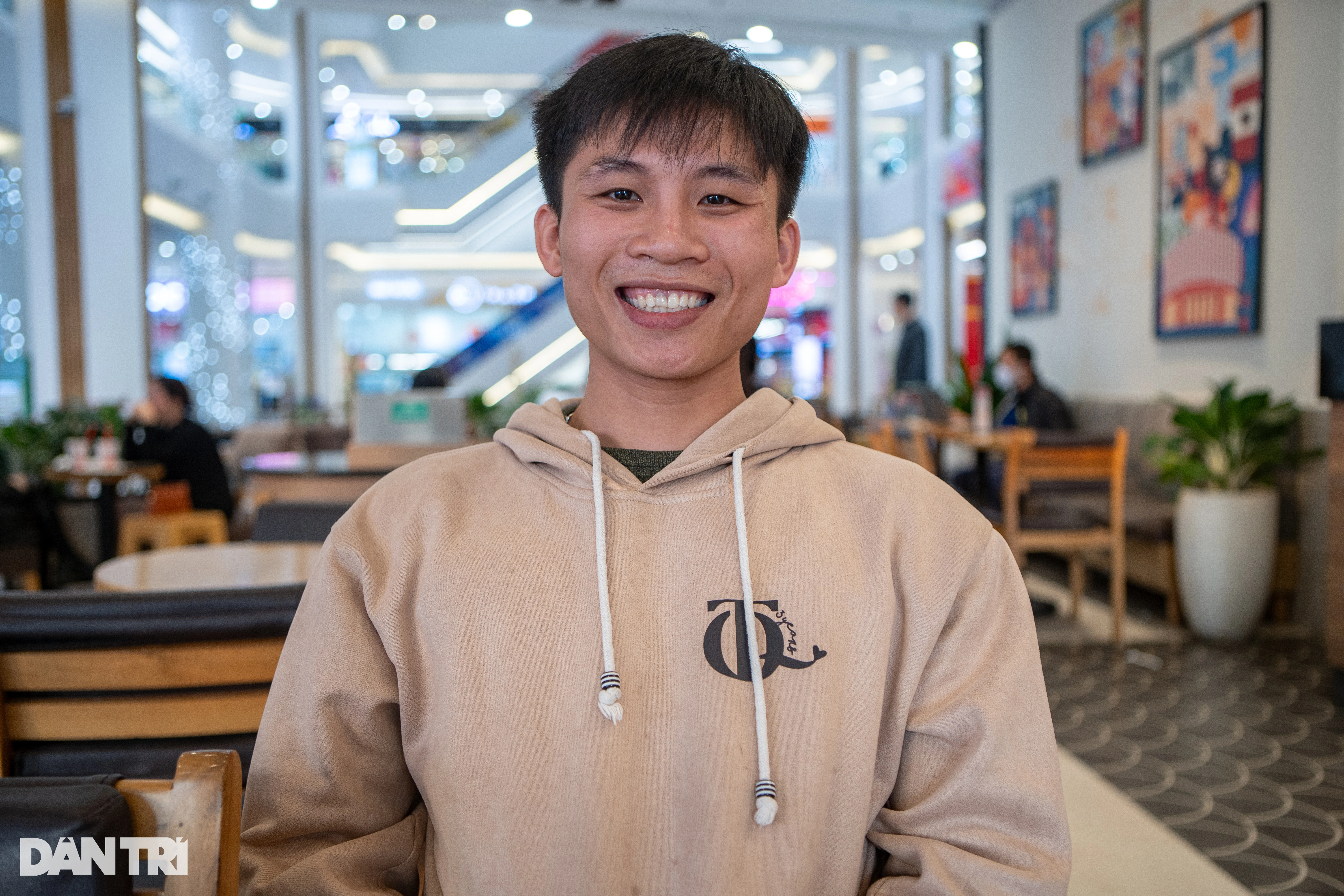














Comment (0)